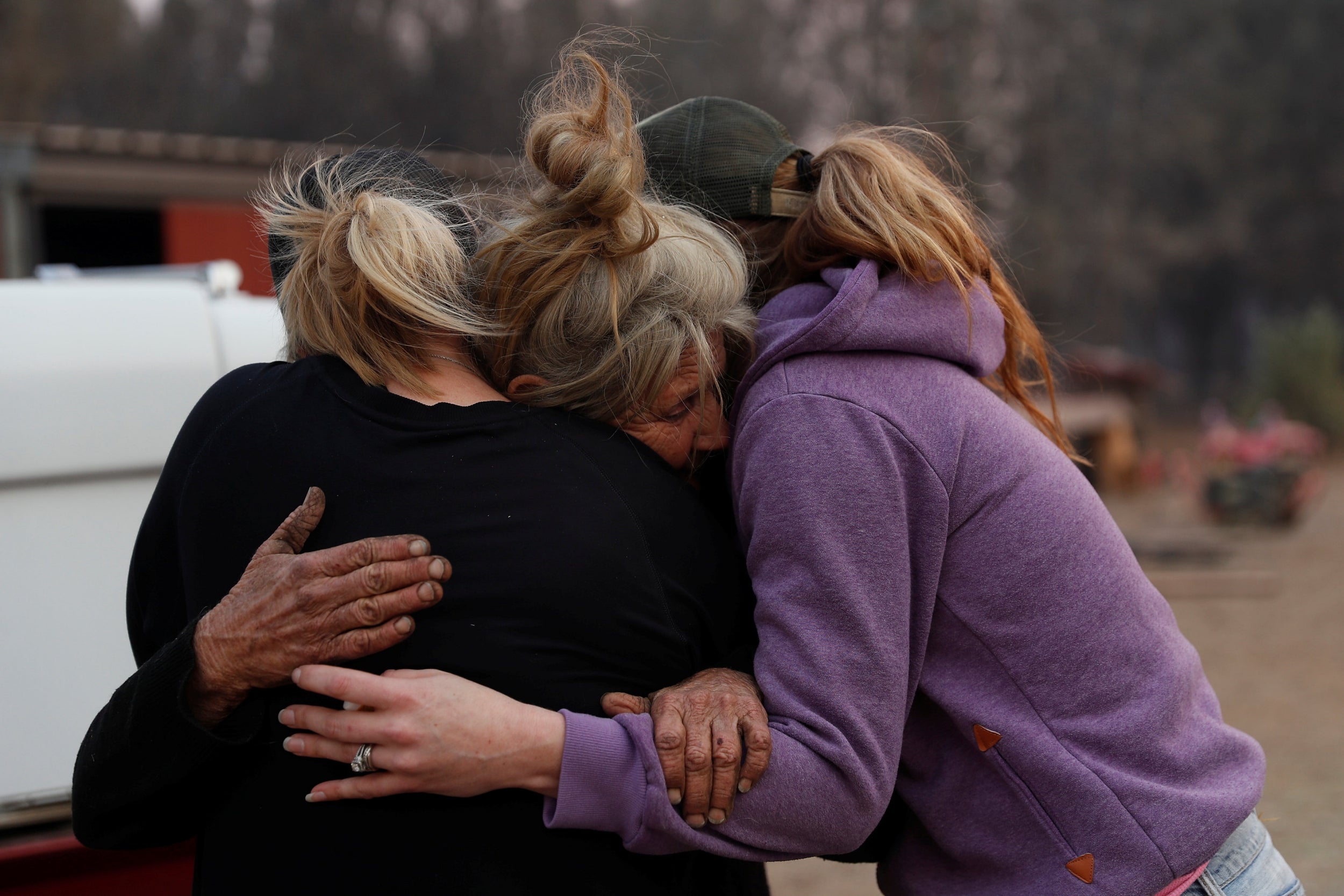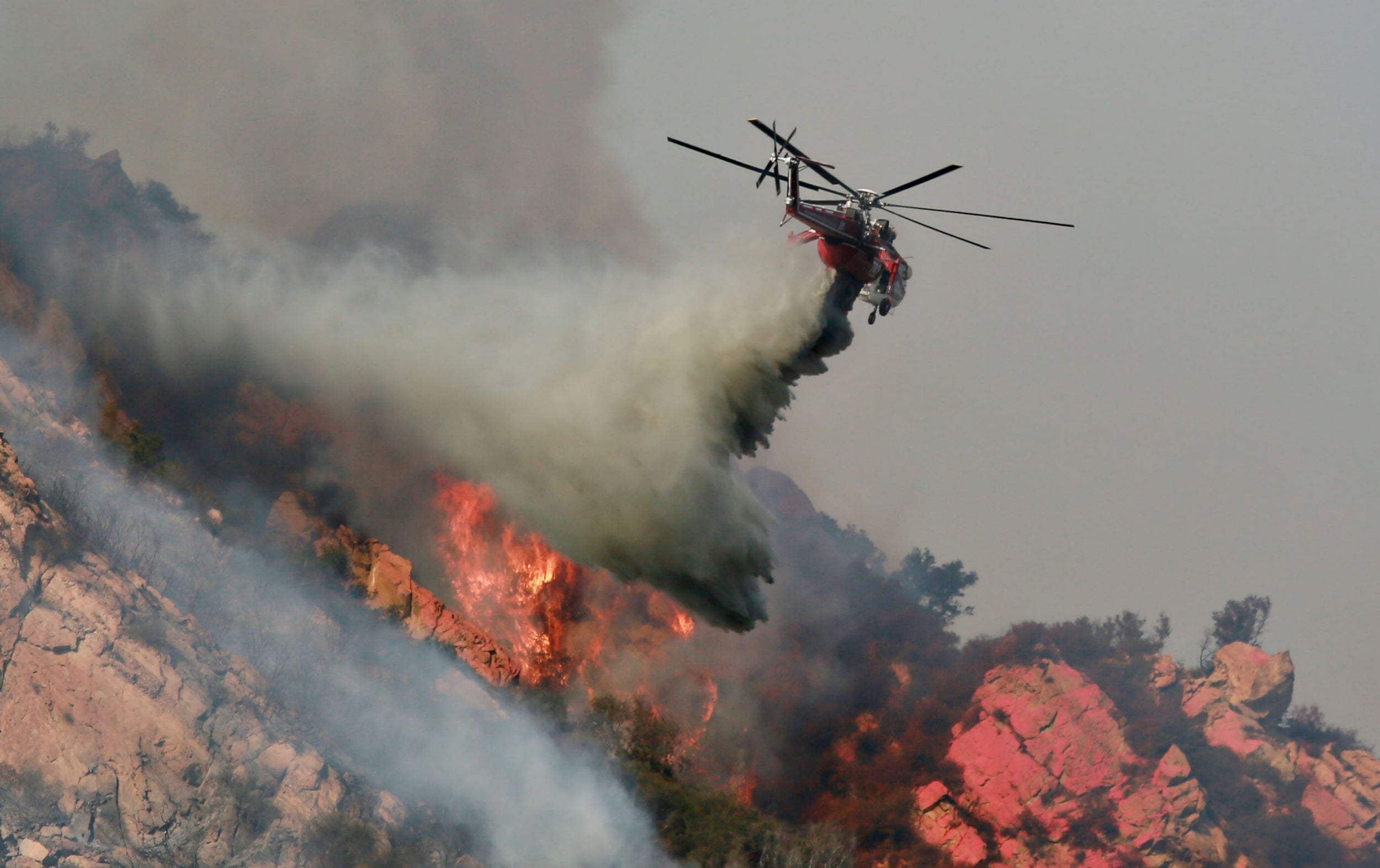https://www.independent.co.uk/environment/wildfires-weatherresistant-fluid-california-stanford-a9129506.html
Scientists have created a weatherproof fluid that sticks to vegetation aimed in order to prevent wildfires.
The water-resistant substance will stay in place for months – even after bad weather that would sweep away conventional fire retardants, according to research by Stanford University.
It is designed to eventually degrade harmlessly into the earth.
“This has the potential to make wildland firefighting much more proactive, rather than reactive,” said Eric Appel, the study’s senior author.
“We hope these new materials can open the door to identifying and treating high-risk areas to protect people’s lives and livelihoods."
The new technology is a cellulose-based fluid that stays on vegetation even after half an inch of rainfall. Scientists say it contains non-toxic materials widely used in food, drug and agricultural products.
"These materials are created from biodegradable and nontoxic starting materials through a facile and scalable manufacturing process," researchers wrote in the paper published in Proceedings of the National Academy of Sciences.
The gel-like fluid can be sprayed using standard agricultural equipment or from an aircraft, scientists say.
Firefighting crews already use fire suppressants and retardants such as gels that carry water but they are no longer effective once the water evaporates. Under normal fire conditions this occurs in less than an hour.
“You can put 20,000 gallons of this on an area for prevention, or one million gallons of the traditional formulation after a fire starts,” said study lead author Anthony Yu, a PhD student at Stanford University.
Show all 32
Hotter and drier weather is making wildfires more intense. In California, the past two years have brought eight of the 20 most destructive wildfires in history with firefighting costs in 2018 coming to more than $3bn – the largest amount ever.
By stopping fires from starting, treatments could be more effective and less expensive than current options, according to the research.
Some wildfires are critical for healthy forest ecology but human activities cause 85 per cent of fires in the US. They mainly occur in hotspots such as roadsides, camping grounds and near remote electrical lines.
Around 84 per cent of the 300,624 wildfires occurring in California over the past 10 years happened in high-risk areas, researchers found.
“These data suggest that treating these high-risk landscapes with retardant formulations that provide season-long protection against ignition could greatly reduce the incidence and severity of wildfires,” researchers wrote in the paper.
Scientists are now testing the material with the California Department of Transportation and CalFire.






沒有留言:
張貼留言